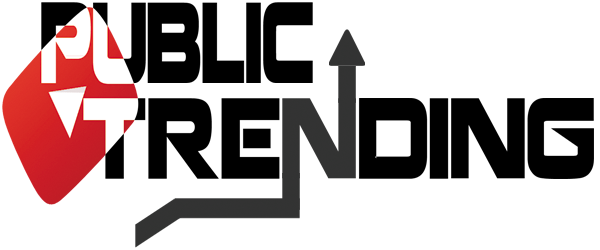When the web was originally designed, its creators aspired to include a way to transfer value. According to the HTTP standard, error code 402 was “reserved for future use” and was labeled “Payment Required.”
Just as we needed a way to freely share information, we needed a way to freely exchange value. Implementing a standardized payment protocol was a natural fit. But while data can live in a world where it’s easily reproduced, value inherently exists as the result of scarcity — in other words, the antithesis of the copy-and-paste nature of the information web.
It quickly became evident that overcoming this challenge was no easy feat, and the idea was shelved indefinitely. While information could be exchanged in a decentralized fashion, there was no way to transfer value online without a central operator.
That all changed in 2009 with the arrival of bitcoin, a medley of cryptography and peer-to-peer technology that elegantly solved this problem. From that vantage point, payment protocols like Bitcoin and Ripple — which allow us to transfer value online with each other directly — represent the continuation of the unfinished business of the web’s original founders.
Consequently, there are numerous parallels between the birth of the information web and the developments we’re seeing now.
It’s easy to take the Internet as it currently exists for granted. Its evolution from an esoteric network for researchers and hobbyists to today’s all-encompassing mainstream phenomenon was a long and arduous journey. It started with a classic chicken-and-egg problem: The Internet needed developers to build utility on it to attract users, but developers first needed users for whom to build.
The early Internet was bootstrapped by academia and the military. Though the network was already open, global in scope, and quite powerful, there was little consumer utility. Instead, mainstream consumers used proprietary network solutions that were in vogue at the time. The likes of AOL (owner of TechCrunch) and CompuServe provided value-added services, from news to messaging to games.
The only problem was that these pre-Internet networks didn’t interoperate. If you were on GEnie, there wasn’t a straightforward way to interact with your friends on AOL in the ‘80s. That’s not so different from how our payment networks currently operate, where systems like PayPal, Alipay and M-PESA aren’t yet federated.
Two key developments unfolded in 1989: Tim Berners-Lee conceived the idea of the World Wide Web, and CompuServe became one of the first major online services to provide an email gateway, allowing its users to communicate via the Internet. These events marked the beginning of the federation phase of the Internet’s evolution. In both cases, standardized protocols allowed users to share information or communicate with each other directly, no matter what service, software, or hardware they used.
Around that time, Usenet was already gaining popularity, but mostly on university campuses. Every September, the service was flooded with the latest throng of students, an annual source of fresh users that would transform Usenet into the Internet’s quintessential destination, a digital bastion of conversation and culture—and perhaps the original birthplace of not only the Internet “troll” but also the Internet meme (Godwin’s Law, for instance).
It wasn’t long before this digital repository of knowledge and tomfoolery attracted the attention of online service providers eager to quench growing user demand. AOL joined in September 1993, providing Usenet an endless stream of new users — a moment in Internet history known among Usenet veterans as the “Eternal September.”
This turning point cracked the chicken-and-the-egg problem. Pioneering developer efforts in the early ‘90s fell flat with no market to adopt their creations. Now with millions of users all connected on the same network, developers suddenly had a massive, built-in audience, allowing them to build viable companies, reimagining brick-and-mortar businesses, and forging entirely new industries.
What’s most exciting is that this process is about to blossom all over again.
Just as the Internet of information required groundwork before the likes of Peter Thiel and Mark Zuckerberg could change the world with PayPal and Facebook, the Internet of value requires a preliminary framework.
On the one hand, we need the web browser, the smartphone and ubiquitous Internet access. On the other hand — in the case of moving money — we need liquidity, compliance and scalability. In place of universities and government institutions, we have financial institutions, which have custody assets and already move trillions of dollars daily to solidify the foundation of the value web.
And similar to the federation and rise of the information web, the technology is there. We just need to give people a reason to come together. If history is any indication, the results will exceed even our wildest expectations.
source: http://techcrunch.com/2014/09/27/the-internets-missing-link/





Post a Comment